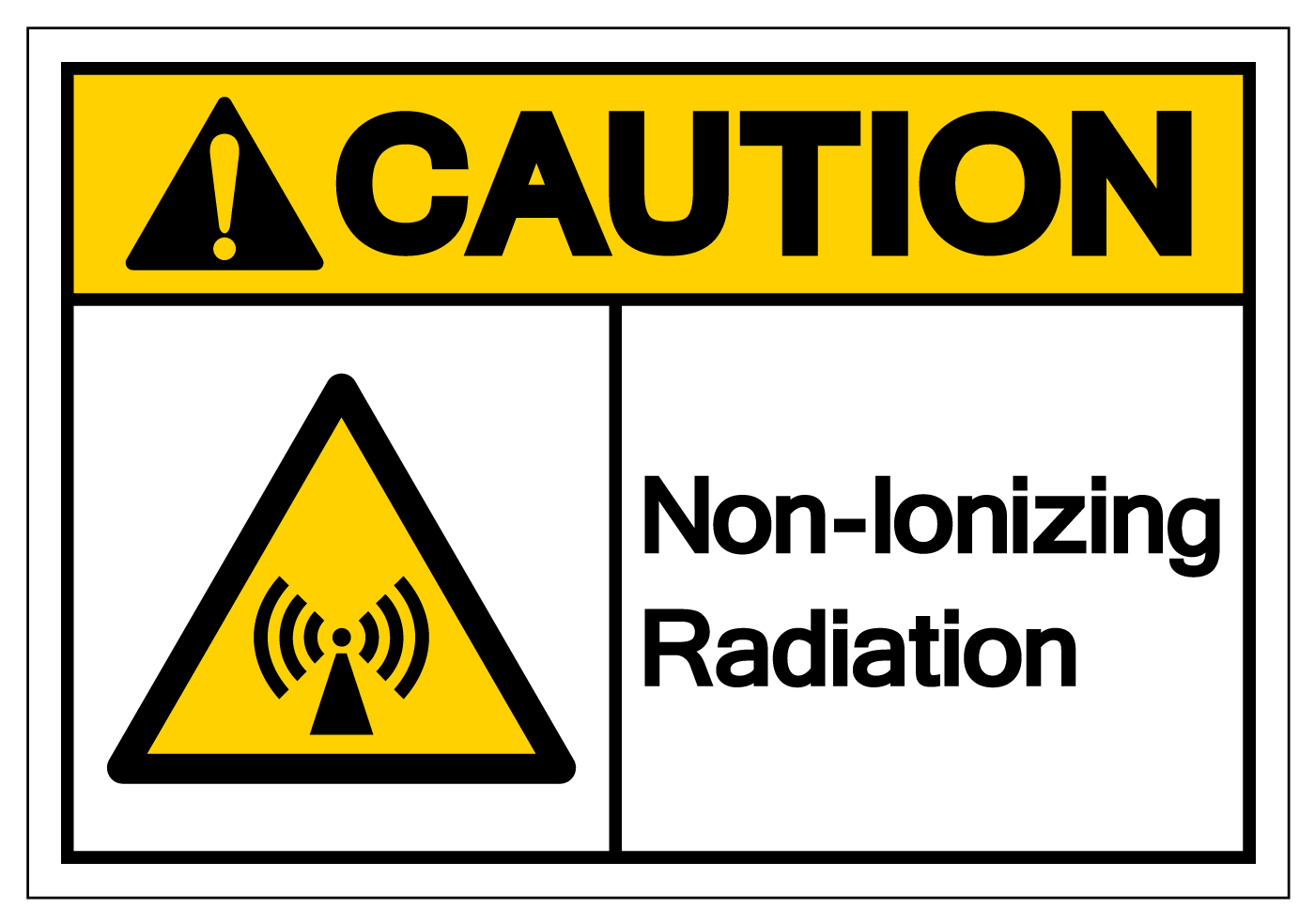The US federal Occupational Safety and Health Administration (OSHA) regulates workplace exposures to radiation, in two separate standards that distinguish between “non-ionizing” and “ionizing” radiation. OSHA’s Ionizing Radiation Standard (29 CFR 1910.1096) covers workplaces that contain a broad range of high-energy atomic and sub-atomic particles (alpha, beta, gamma, and X-rays, for example), and radioactive materials that emit such particles. The Standard establishes exposure and dosage levels, requires workplace and employee monitoring, and specifies measures to protect workers against ionizing radiation. The rest of this note discusses the Ionizing Radiation Standard. (I wrote about the Non-ionizing Radiation Standard HERE).
Read MoreAudit, Compliance and Risk Blog
Tags: Health & Safety, OSHA, Safety and Health at Work, radiation
Chemical Safety Board issues compliance guidance chemical incident reporting rule
Posted by Jon Elliott on Tue, Sep 20, 2022
The federal Chemical Safety and Hazard Investigation Board – which usually refers to itself as the Chemical Safety Board or CSB – conducts independent investigations of major chemical accidents, issues accident-specific findings, and offers specific or general recommendations for improved chemical handling and regulation. In August 2022, CSB has issued compliance guidance addressing its “Chemical Incident Reporting Rule” (actually 6 rules, in 40 CFR part 1604) (I wrote about the Rule when it was adopted in February 2020, HERE). The remainder of this note summarizes CSB’s latest guidance.
Read MoreTags: Health & Safety, OSHA, Safety and Health at Work, chemical safety
The federal Occupational Safety and Health Act of 1970 (OSH Act) grants the Occupational Safety and Health Administration (OSHA) nationwide authority to issue and enforce worker protection measures at most workplaces. However, some categories of employers are regulated by other agencies, including DOL’s Mine Safety and Health Administration (MSHA), the Nuclear Regulatory Commission (NRC), and the Environmental Protection Agency (EPA).
In addition, the OSH Act outlines procedures for states to apply to OSHA to assume OSH Act authority within their boundaries – a state prepares a “state plan” to undertake OSH Act regulation of public sector (state and local government) workers, and optionally private employers as well (29 USC 667). Once OSHA approves such an application, the state is delegated authority and commonly referred to as a “state plan state.” There are presently 22 State Plans covering both private and public sector employees, and 7 more covering only state and local government workers. Although these OSHA-state relationships are generally very stable, two states’ status has been up for review during 2022: OSHA is considering whether to revoke Arizona’s delegation, and has just granted Massachusetts a new state plan role regulating public sector employees. The rest of this note discussed state plans, and identifies issues with the two states.
Read MoreIs your organization hiring "temp" workers this summer—to gear back up after COVID-19, meet seasonal demand from tourists or other customers, or maybe just to fill in while permanent workers take vacations? Most employers recognize that occupational safety and health laws throughout North America assign them an Employer's General Duty to protect their own employees from workplace hazards. Some don’t remember that this duty also applies to shared employees, and even to other employers’ employees while they’re at your workplace. This month, the US Occupational Safety and Health Administration (OSHA) is re-emphasizing ongoing efforts to ensure protections for temporary workers ("temps"), pointing to its Temporary Worker Initiative (started in 2013), and extending its “Ambassador Alliance” with the American Staffing Association (started in 2014; ASA is a professional association that describes itself as “the voice of the U.S. staffing, recruiting, and workforce solutions industry”).
Read MoreThe US federal Occupational Safety and Health Administration (OSHA) regulates workplace exposures to radiation, in two separate standards that distinguish between “non-ionizing” and “ionizing” radiation. OSHA’s Non-ionizing Radiation Standard (29 CFR 1910.97) addresses workplace exposures to electromagnetic waves from radio and microwave sources. OSHA has established radioactive exposure levels intended to protect exposed employees, and requires placarding to inform those who enter areas bathed in non-ionizing radiation.
Read MoreTags: Health & Safety, OSHA, Safety and Health at Work, radiation
The US federal Occupational Safety and Health Administration (OSHA) regulations specify the formats of workplace warning signs and tags to alert workers to the presence of a variety of physical and health hazards. OSHA’s Accident Prevention Signs and Tags Standard (29 CFR 1910.145) specifies wording, colors, shapes—even requiring sign corners to be rounded off. OSHA sets up a hierarchy of hazards, and associated warnings. In addition, many of OSHA’s targeted standards include specific requirements for signs and tags.
Read MoreTags: Health & Safety, OSHA, workplace safety, safety violations, Warning Signs
The US federal Occupational Safety and Health Administration (OSHA) has published its annual list of the “Top 10 Most Frequently Cited Standards” for fiscal year (FY) 2021. The tabulation covers October 1, 2020 through September 30, 2021; OSHA delays its annual publication to allow time for inspections during a fiscal year to produce citations if appropriate. (I wrote about OSHA inspection procedures and priorities HERE). The remainder of this note summarizes the new list.
Read MoreTags: Health & Safety, OSHA, Workplace violence, violations, safety violations
California again considering requirements for workplace violence prevention
Posted by Jon Elliott on Mon, Jun 27, 2022
On May 22, California’s Division of Occupational Safety and Health (DOSH, but generally referred to as “Cal/OSHA”) issued its latest revised discussion draft of a regulatory standard mandating workplace violence prevention (WVP) steps for employers in “general industry” (potential 8 CCR 3343). This draft revives an effort that began in 2017, when the California Occupational Safety and Health Standards Board (OSHSB) responded to a schoolteacher’s petition that the state enact a WVP standard for educational settings by agreeing to consider one for all settings not covered by its standard for WVP in healthcare settings (which I wrote about HERE). The remainder of this note discusses the latest draft.
Read MoreCalifornia continues temporary requirements for COVID vaccination and testing
Posted by Jon Elliott on Mon, Jun 06, 2022
As public and occupational health agencies around the world continuously reevaluating their responses to the developing COVID-19 pandemic, California has again weighed in on the side of continuing formal controls. Effective May 5, 2022, California has revised and extended its COVID-19 Prevention Emergency Temporary Standard (ETS) until January 1, 2023. (I wrote about the most recent previous iteration adopted in February HERE). The ETS is presented as 5 rules, which are administered by California’s Division of Occupational Safety and Health (DOSH, but universally called Cal/OSHA). The remainder of this note summarizes these revised standards, which appear in Title 8 of the California Code of Regulations (CCR):
Read MoreTags: Health & Safety, OSHA, Safety and Health at Work, Covid-19, workplace safety, California, Vaccination, Healthcare
OSHA proposes to revise Injury and Illness reporting requirements
Posted by Jon Elliott on Mon, Apr 11, 2022
The Occupational Safety and Health Administration (OSHA) requires most employers with 10 or more employees at an “establishment” to prepare and maintain records of occupational injuries and illnesses (I&I) as they occur (I&I Logs). OSHA also requires employers to post an annual I&I Summary in each workplace “establishment” by February 1, summarizing that workplace’s I&Is during the previous calendar year. In addition, beginning in 2017 OSHA requires some employers to submit some of this I&I information electronically to the agency. (I wrote about the initial electronic reporting requirements HERE). On March 30 OSHA proposed to update and revise these electronic reporting requirements, which the remainder of this note summarizes.
Read More
Tags: Health & Safety, OSHA










